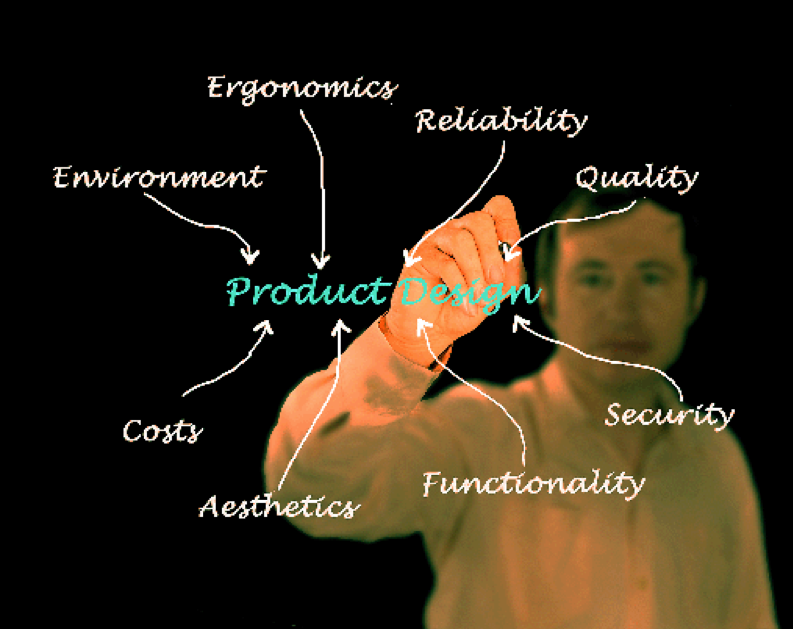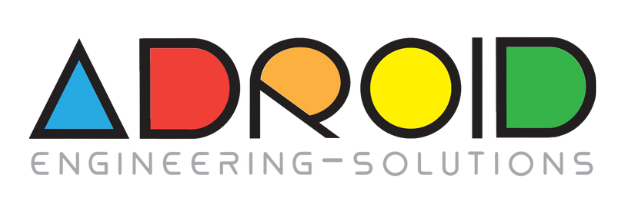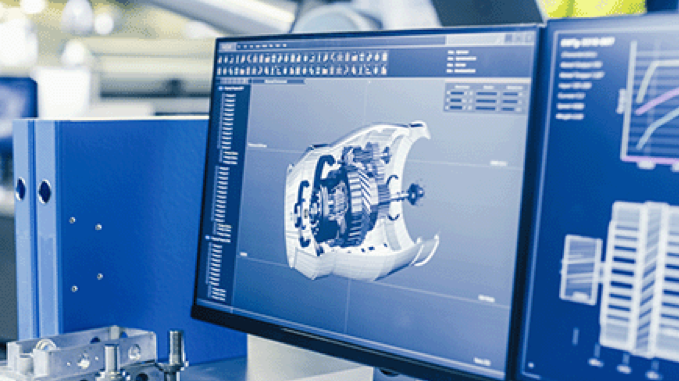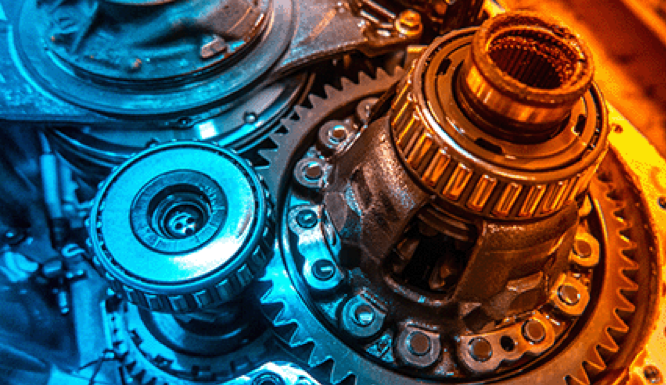
Crafting Excellence: The Vital Attributes Defining Superior Product Design
Attributes that define the quality of Product Design.
Products can be found in a variety of sizes and shapes. They can be functional workhorses, elegant symbols, or straightforward ways to carry out certain tasks, among many other uses. Whatever their intended purpose, great product designs all have a few things in common.
First and foremost, durability is essential. A well-made object ought to be built to last and resist repeated use demands. This guarantees durability and dependability in fulfilling consumer demands.
The second important factor is noise and vibration. Whatever the nature of the product, it should operate with the least amount of noise and vibration possible. This enhances the user experience and demonstrates a high level of quality and accuracy in the design and manufacturing processes.
The third essential component is safety. Features that guarantee user safety during operation or in the case of unforeseen catastrophes are essential components of a well-designed device. This could include safeguards, adhering to safety regulations, or other safety-focused design elements.
A product’s aesthetic design is also very important. A well-designed product ought to be both aesthetically pleasing and functional. This contributes to a positive overall user experience by covering both the outward appearance and the user interface or interaction aspects.
Therefore, it’s crucial to keep these attributes in mind while starting to create a new product. Combining data analysis and computer-aided engineering simulation can offer helpful insights and direction for establishing a well-balanced initial step.
The Different Attributes That Define the Quality of a Product Design
Achieving excellence in the development of a new product requires knowing what to prioritize. Many different factors affect a product’s design quality, and a thorough understanding of these issues helps designers make well-informed decisions. These characteristics include overall design aesthetics, safety, performance, and efficiency.
Safety is the most important factor while developing new products. It is imperative to integrate cutting-edge safety measures, like sophisticated protection systems, impact mitigation technology, and adaptive features. It is imperative that design considerations encompass guaranteeing the safety of the product in diverse scenarios, such as unanticipated impacts or interactions. High-performance computing (HPC) servers, sophisticated tools, software, and algorithms enable affordable digital simulations of many occurrences, providing insights into safety-related issues.
A product’s performance is a major factor in determining its quality. User satisfaction is greatly impacted by overall performance, regardless of the acceleration, deceleration, or other operational elements. Assessing the longevity of structural elements, key components, and closures using virtual simulations guarantees the best possible balance between strength and weight, which benefits both environmental concerns and performance improvement.
Another important factor to take into account is eco-sustainability, especially for products that use energy resources. The cost and environmental impact of energy use are closely related to a product’s efficiency, much to how fuel economy affects the car sector. Fuel efficiency and aerodynamic design are closely related. Aerodynamic design reduces noise and vibrations for a better user experience.
To sum up, the secret to creating a great product, whether it be an automobile or anything else, is to take a comprehensive strategy that puts safety, performance, efficiency, and careful design considerations first. Utilizing simulations and digital tools can yield insightful information that makes the development process more productive and economical.
How to Measure These Attributes?
An efficient way to assess a product’s range of attributes is to compare them to industry standards like ISO, ASTM, or other pertinent benchmarks. This method enables a thorough analysis of particular parts and materials utilized in the product. For example, using computer-aided engineering (CAE) tools to simulate important occurrences over numerous models or iterations can assist determine the most dependable and secure design that complies with consumer and regulatory laws when evaluating the safety aspects of a consumer product.
A different approach compares the results of physical testing product prototypes, makes connections with CAE findings, and uses Design of Experiments (DOE) and data analysis methods to maximize performance and satisfy design objectives. A significant amount of data can be acquired and arranged into a relational database by methodically evaluating various concepts. This database proves to be an invaluable tool for forecasting performance, addressing noise-related design factors, and optimally assessing the product’s safety features and dependability.
When data analysis and automation are added, the design process for a variety of goods becomes far more efficient than when it is limited to traditional CAE methods. Better decision-making is made possible by this integrated approach, which enhances product performance, dependability, and adherence to industry standards.
Why Is It Important to Have a Quality Product Design?
A well-designed product is important for a number of reasons. Among these, dependability comes first. Long-term dependability from a high-quality product will save you money, time, and possibly even hassles. Moreover, high-end items frequently have better overall performance, more modern technology features, and higher safety ratings, all of which help them stand out in the consumer market.
The aesthetic value of exceptional design is another important factor to take into account when choosing a product. In terms of style and fashion, products with more appealing aesthetics can have a clear edge. Precise design enhances the product’s visual attractiveness by repeating lines and details in a consistent manner. Achieving this quality requires the use of computer-aided engineering (CAE), which models elements including flushness, gaps, tolerances during assembly, and possible component deformation from weight.
A product’s quality can reveal a lot about the identity and goals of the producer, from the materials used inside to the longevity of its outward components. Selecting the appropriate product is crucial for both personal and professional pursuits since it can make a good and long-lasting impression. To sum up, quality, dependability, and visual appeal are not limited to cars; they are important factors to take into account when choosing any well-designed product.
How Does the Quality of a Product Impact Its Value?
A product’s quality is closely related to its worth. A higher-quality product is made to last longer, perform better, and have more features than a lower-quality equivalent. The product’s worth and position in the consumer market are directly impacted by compliance with legal certifications and favourable customer reviews. In essence, the value of a high-quality product is more likely to increase than that of a lower-quality substitute.
For example, let’s say you decide to purchase a mid-range device that has a lesser safety rating. A product with a lower safety rating could not have as great of a resale value. If the corporation doesn’t choose its products carefully, it can suffer financial losses. On the other hand, a high-end product with enhanced functionality and security measures can be confidently priced to match its target market, guaranteeing better long-term value.
Quality, longevity, and market placement are fundamentally universal concepts that apply to all product categories, not just cars. Based on these considerations, making well-informed judgments is critical to guaranteeing a product’s initial value as well as its ongoing value in the market.
Conclusion
It is crucial to take into account a variety of factors when creating a high-quality product. Design, performance, efficiency, and safety are all important factors in producing a product that satisfies market demands and consumer expectations. Gaining a thorough understanding of these traits and their measurable components is crucial for making wise choices during the product development process.
A product’s quality directly affects its worth, highlighting the need of long-term design. In addition to being long-lasting, a high-quality product offers users a safe and comfortable experience and holds its value over time. Assessing the quality of a product entails conducting studies, attending trade exhibitions, winning accolades, and gathering customer feedback. A product’s overall quality is influenced by features including efficiency, noise and vibration levels, performance, durability, safety, comfort, and design.
Like a well-built automobile that provides years of safe and fun driving, a high-quality product promotes customer pleasure, lowers warranty replacement costs, decreases user unhappiness, and may increase in value over time. A successful and significant market presence is ensured by giving these quality features top priority when creating any product, including cars.



